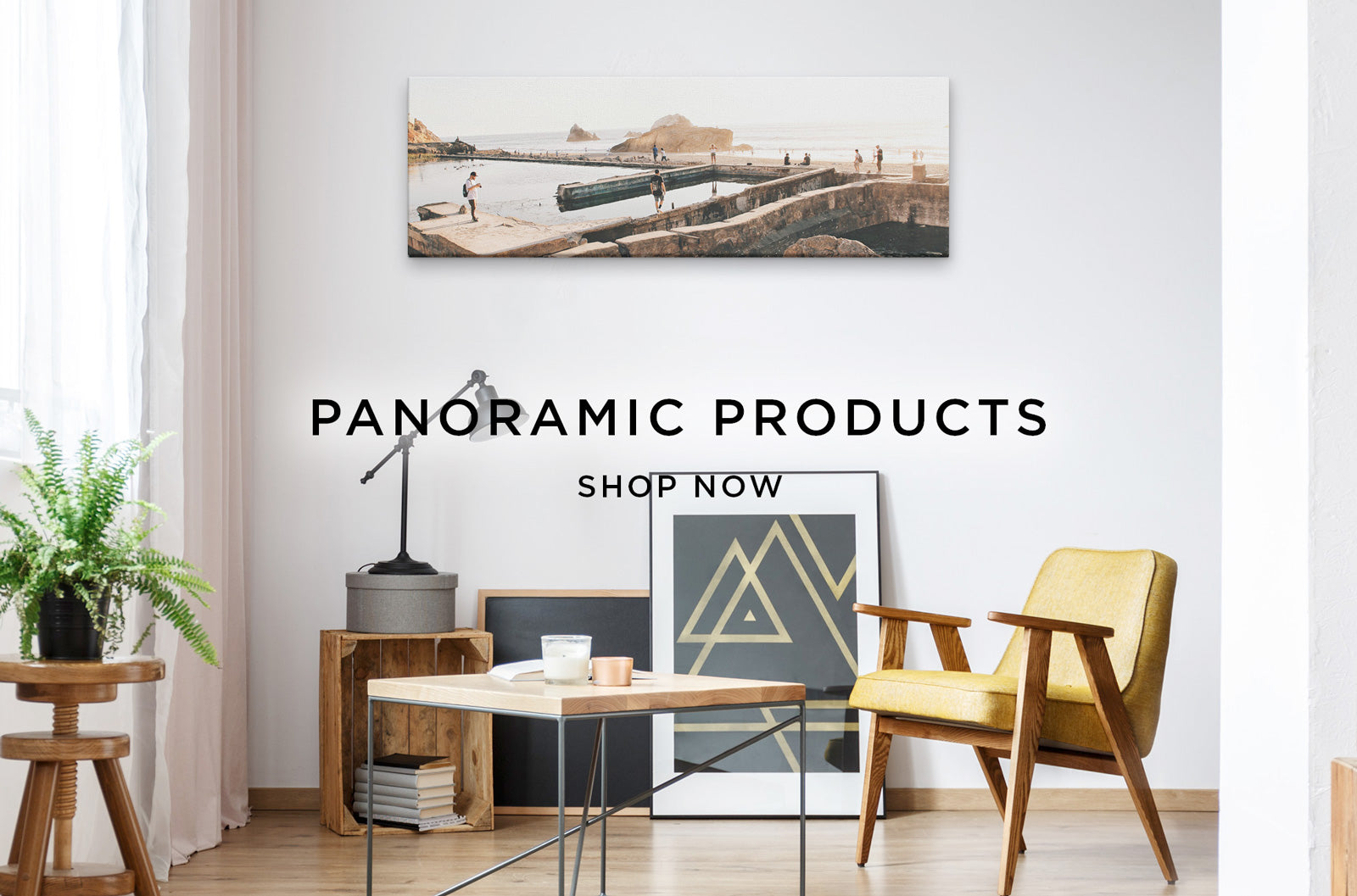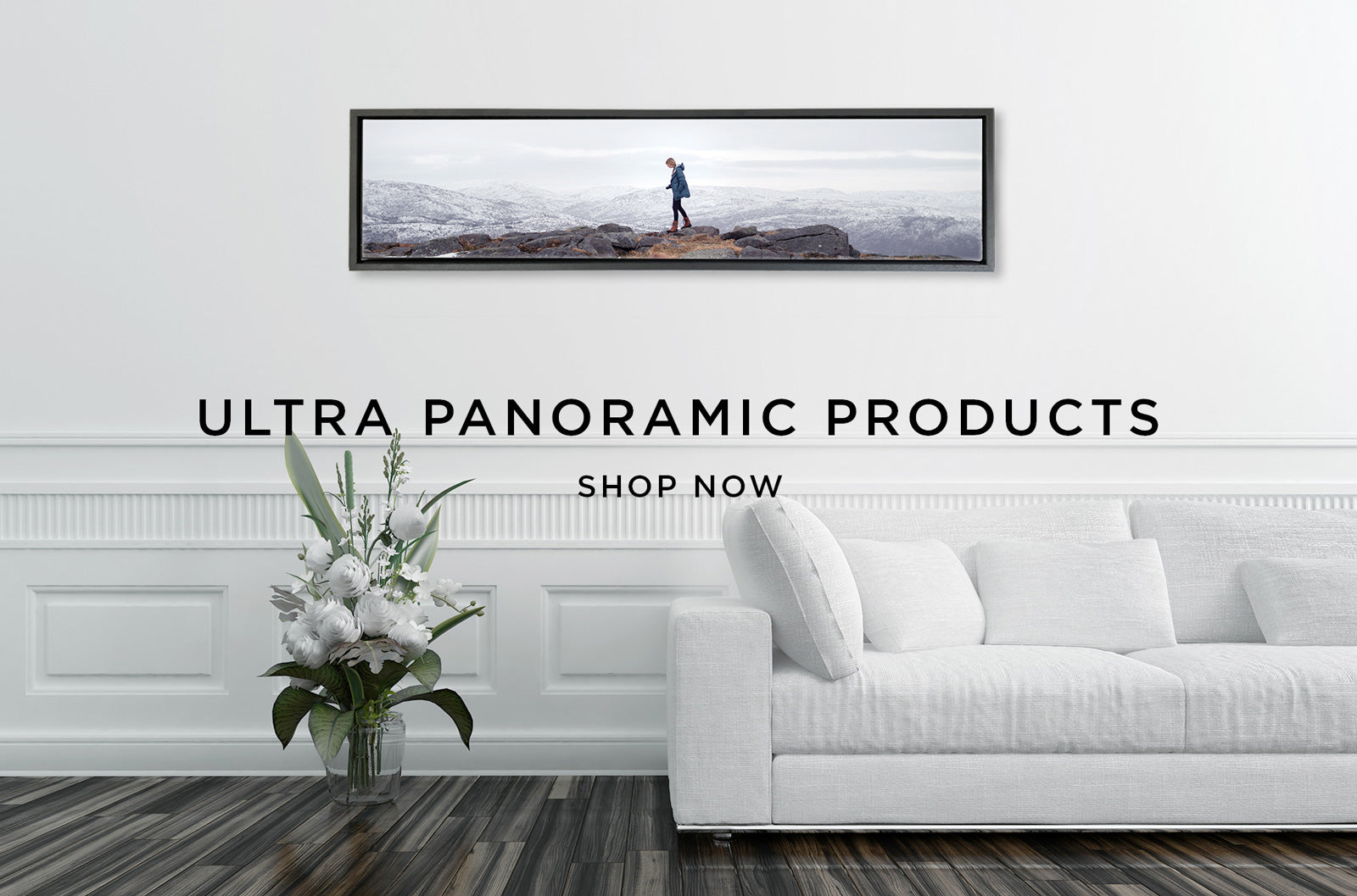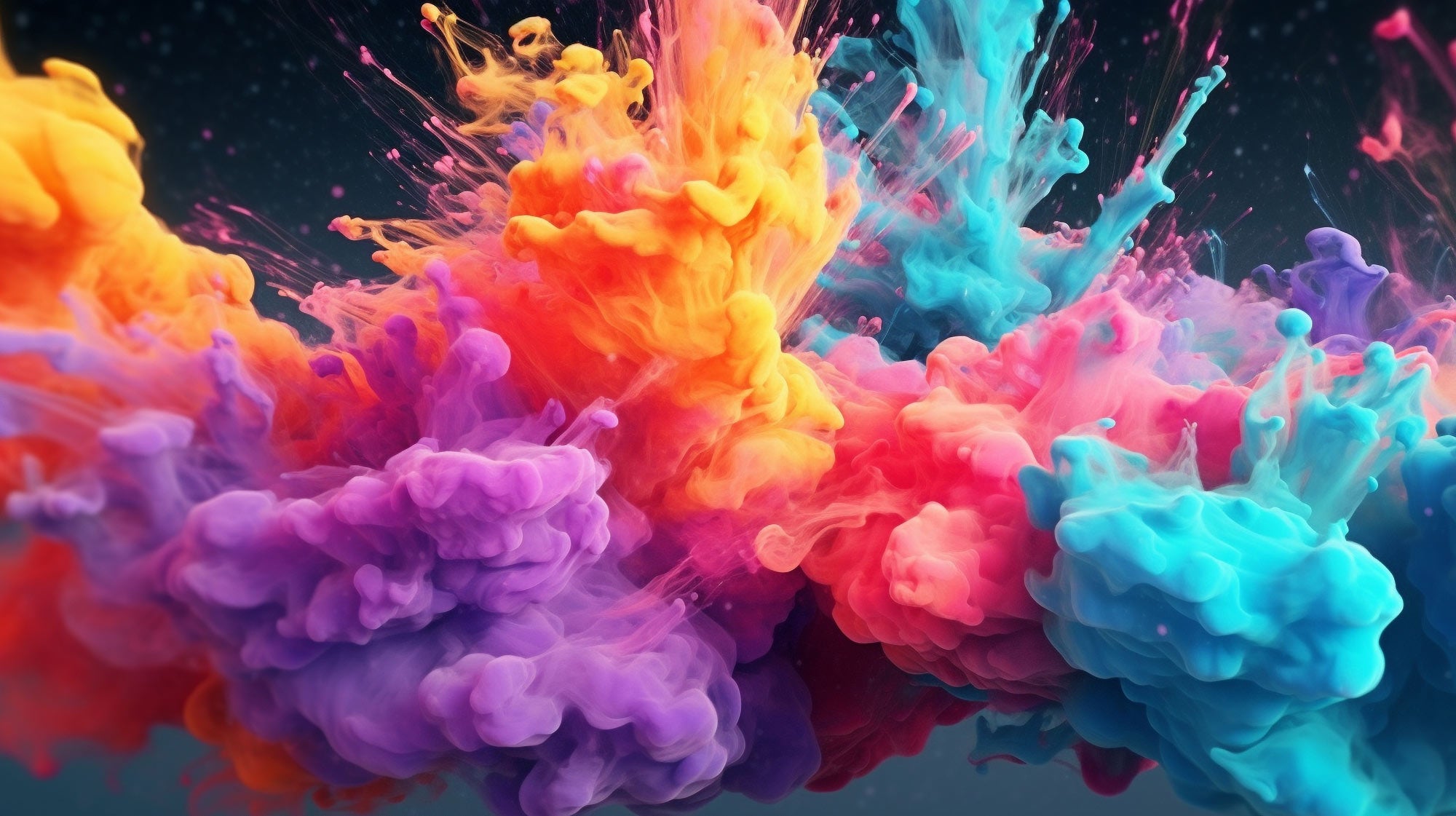
Aspect Ratio Explained: Choosing the Right Dimensions for Your Visual Content
Introduction to Aspect Ratios
When we discuss visual content, whether it's for photography, film, web design, or any digital media, understanding aspect ratios is fundamental. Think of aspect ratios as the DNA of a visual piece—they define how an image or video is framed and perceived. An aspect ratio is the proportional relationship between an image's width and its height, typically presented as two numbers separated by a colon, such as 16:9.
Traditional television screens and computer monitors often use the 4:3 aspect ratio, which gives a slightly square shape. However, the cinematic standard is usually 2.35:1 or 2.39:1, offering a much wider frame. In the digital era, we've seen the emergence of 16:9 as the universal standard for HDTVs, online video platforms, and even smartphones.
Here are some key reasons why aspect ratios are crucial:
- Framing and Composition: Aspect ratios play a critical role in composition. They can dramatically affect the storytelling of a film or the aesthetics of a photograph.
- Platform Requirements: Different platforms have preferred or required aspect ratios. For instance, Instagram favours square 1:1 images, whereas YouTube prefers widescreen 16:9 videos.
- Audience Experience: The aspect ratio can influence the viewer's experience and immersion. Wider aspect ratios are often used to create a more cinematic and engaging feel.
- Technical Compatibility: Ensuring the right aspect ratio prevents image stretching, cropping, or letterboxing (black bars), which can detract from the content's quality.
Our goal in this article is to help you understand the importance of aspect ratios and not just in the printing world so that you can relate to and understand it on a broader every day life level. We do also of course want to help you to choose the correct dimensions for your visual content based on various factors, including the medium, the platform, and the message you intend to convey. By mastering aspect ratios, we can all create more aesthetically pleasing and effective visual content.
The Basics of Aspect Ratios: Definitions and Key Concepts
When we delve into the world of visual content, understanding aspect ratios is paramount to presenting our media in the best possible light. As we have established, an aspect ratio is essentially the proportional relationship between the width and height of an image or screen in a numbered format such at 4:3.
To comprehend this concept fully, consider these key elements:
- Width and Height: The first number always represents the width, and the second number represents the height. For instance, a 16:9 ratio means the width is 16 units long for every 9 units of height.
- Consistency Across Devices: Maintaining the same aspect ratio across different devices ensures that the visual integrity of content is preserved, whether viewed on a smartphone, tablet, or cinema screen.
-
Common Aspect Ratios: We frequently encounter standard aspect ratios, such as:
- 4:3, the classic TV and computer monitor shape until the mid-2000s.
- 16:9, currently the standard for HDTVs and online video platforms.
- 1:1, popularised by social media platforms for square images and videos.
Understanding the impact of different aspect ratios is crucial when creating or displaying visual content. It determines how the content will be framed and perceived. Additionally, aspect ratios influence:
- Aesthetic Appeal: The choice of aspect ratio can impact the composition and feel of the image, influencing how viewers react to it.
- Storytelling: In filmmaking and video production, aspect ratios can set the tone and atmosphere, thereby aiding the storytelling process.
- Compatibility and Functionality: Certain platforms or devices may favour specific aspect ratios for optimal functionality and display purposes.
In summary, aspect ratios are fundamental elements of visual design that affect the visual dynamics and audience engagement of any piece of visual content. It's our job to select the most appropriate aspect ratio that complements our specific piece of visual content, be it for print, digital designs, photography, or video production.
Historical Perspective of Aspect Ratios in Visual Media
The concept of aspect ratio has been central to visual media since the inception of film and photography. In the early days, we witnessed silent films predominantly using a 4:3 (1.33:1) aspect ratio, which later became known as the 'Academy Ratio'. This was deemed the industry standard for much of the first half of the 20th century.
With the advent of widescreen formats in the 1950s, sparked by competition with television, we saw a shift toward wider aspect ratios. Cinemascope (2.35:1 or 2.40:1) and VistaVision (1.85:1) sought to offer audiences an experience they couldn't get from their home TV sets, which still used the narrower 4:3 standard.
In the 1950s and 1960s, we experienced an 'aspect ratio war' where various widescreen formats competed for dominance. The goal was to create a more immersive experience, enticing viewers back into theatres. This period introduced us to even wider ratios, such as Cinema's incredible 2.59:1.
By the 1980s and 90s, home video and later DVDs were frequently distributed in a "pan and scan" 4:3 version or a letterboxed widescreen version to preserve the original cinema aspect ratio. We acknowledged the importance of maintaining the director's original vision and the compositional integrity of the film.
The transition to high-definition television and digital cinema in the late 20s and early 21st centuries normalised the 16:9 (1.78:1) aspect ratio. This current standard strikes a comfortable balance between older and newer formats, being wide enough to deliver a cinematic feel while still compatible with the majority of consumer displays.
As we continue to create and consume visual media, the evolution of aspect ratios reflects our technological advances and changing viewing habits. Today, filmmakers and content creators utilise a variety of aspect ratios to tell their stories, embracing both tradition and innovation.
Understanding Different Aspect Ratios and Their Uses
Aspect ratios are fundamental in defining how visual content is displayed. We must recognise that each ratio has its unique implications for the viewing experience.
- 4:3 Standard Aspect Ratio: Historically used for television broadcasts and classic films, 4:3 offers a box-like appearance. It's less common now for video but still useful for standard definition video content or digital slideshows where a retro feel is desired. This aspect ratio is still a popular choice for photo printing.
- 16:9 Widescreen Aspect Ratio: This is the current standard for television, online video platforms, and many films, providing a wider canvas that's more in tune with human peripheral vision. It's suitable for most of today's content, including YouTube videos, live streaming, and video conferencing.
- 1:1 Square Aspect Ratio: Popularised by social media platforms like Instagram, the square format is perfect for mobile viewers who tend to scroll quickly. It emphasises the subject equally in all directions, making it particularly effective for graphics, profile pictures, and short-form content.
- 2.35:1 or 2.39:1 Cinemascope/Anamorphic: These are common in film, delivering a panoramic view that can be particularly impactful for storytelling and establishing shots. However, they require careful composition to avoid important visual elements being cropped out on screens with different ratios.
- 2:1 or 3:1 Panoramic: With the emergence of digital photography and the popularity of easily creating panoramas with our devices carried around in our pockets, these wide aspect ratios are used commonly for panoramic printing.
- Vertical Formats (9:16 and 4:5): With the rise of mobile devices, these vertical formats are essential for content primarily consumed on smartphones, such as Snapchat and TikTok videos or Instagram Stories. They take full advantage of the device's portrait orientation.
Understanding and choosing the correct aspect ratio allows us to optimise our content for the medium and the audience's viewing habits. Whether it's creating cinematic impact with a widescreen ratio or crafting a compelling social media post in a square frame, the aspect ratio is a crucial consideration in visual storytelling.
Aspect Ratios in Photography: Composing with Purpose
When we talk about aspect ratios in photography, we're referring to the proportional relationship between the width and height of an image. Choosing the right aspect ratio is crucial because it affects the composition and the viewer's experience with the photograph.
We often begin with the standard aspect ratio of 3:2, common to most DSLR and mirrorless cameras. This mimic's the traditional 35mm film format and is versatile for a variety of compositions. However, we might select different aspect ratios depending on the context and subject matter.
Here's how we can use various aspect ratios with purpose:
- 1:1 (Square): We opt for this ratio when we want to focus the viewer's attention squarely on the subject, eliminating distractions. This works well for social media platforms like Instagram.
- 4:3 or 5:4 (Medium Format): These ratios can convey a sense of classic photography aesthetics. We may choose this for portraits or still life images where a slightly more square frame complements the subject.
- 16:9 (Widescreen): For a cinematic look, we use 16:9. It's expansive and can tell a story by including a broader scene. It's ideal for landscapes or when we want to incorporate a sense of drama or narrative.
- 3:1 (Panoramic): When we really want to emphasise the panoramas or create a filmic quality, this wider panoramic ratio can be effective. They're not as common for everyday photography but when used, they create a profound impact - especially when printed.
Choosing the correct aspect ratio involves understanding the message or emotion we're trying to convey. We must also consider how the content will be viewed; for instance, certain ratios are more appealing or functional on particular platforms or devices. Ultimately, aspect ratios are a powerful compositional tool in our creative arsenal, allowing us to frame our vision and guide the viewer's eye through the story we want to tell.
What is a Panoramic Aspect Ratio?
Panoramic aspect ratios refer to the dimensions of visual content that provide a wide, expansive field of view. This ratio is greater than what is typically seen from a standard camera or display, presenting a broader perspective that can capture sprawling landscapes, cityscapes, or any scene where emphasising the horizontality is beneficial. We use panoramic aspect ratios when we want to convey a sense of grandeur or immersion, allowing viewers to feel as though they are part of the scene.
Common panoramic aspect ratios include:
- 2.35:1 or 2.39:1 (CinemaScope): Widely used in the film industry to deliver a cinematic feel.
- 2.76:1 (Ultra Panavision): An even wider cinematic format that was used for epic films of the 1950s and 60s.
- 2.20:1 (70mm standard): This format is often associated with high-resolution clarity and has been used for both cinemas and high-end photography.
We also find panoramic ratios in photography, often through stitching multiple images together, using a wide-angle lens or most commonly with our mobile devices and using pano mode. Here are some typical panoramic photography ratios:
- 3:1: This ratio triples the width compared to the height, suitable for capturing vast horizons.
- 4:1 or more: Some panoramic images take this to an extreme, providing expansive views that are several times wider than they are tall. For these longer panoramic images we call this aspect ratio the ultra panoramic.
Choosing the right panoramic aspect ratio depends on the narrative purpose and the content's final display platform. For example, content meant for a standard HDTV would not accommodate an ultra-wide ratio without letterboxing, where black bars are added to the top and bottom of the image to fit the screen. Conversely, digital platforms and specialised projection systems can accommodate wider formats, allowing for a fully immersive viewing experience.
However, when looking at printing your panoramic photography you can create beautiful scenic panoramic prints that are super effective and look stunning on your wall. Particularly with prints made to fit your image - you do not need to worry about the eyesore black bars or extra 'white space' you experience on screen.
When employing a panoramic aspect ratio, it's crucial for us to consider the visual impact, the storytelling goals, and how the final content will be consumed by the audience.
The Role of Aspect Ratios in Modern Digital Displays
In the ever-evolving world of digital displays, aspect ratios play a critical role in both the creation and consumption of visual content. As we delve deeper into the digital age, understanding the implications of aspect ratio choices can enhance user experience and engagement.
Aspect ratios are essentially the proportional relationship between the width and height of a display screen or image. This ratio is instrumental in defining how content is presented, and it can greatly impact the aesthetic and functionality of visual media.
Here are several key aspects to consider regarding the role of aspect ratios in modern digital displays:
- Consistency Across Devices: We live in a multi-screen world where content needs to adapt seamlessly across different devices. A consistent aspect ratio ensures that images and videos maintain their integrity without unsightly cropping or stretching when viewed on various platforms.
- Content Type Match: Certain aspect ratios are more suitable for specific types of content. For example, a 16:9 ratio is the standard for most high-definition video displays, offering a cinematic feel ideal for movies and TV shows, whereas a 1:1 square ratio might be more apt for social media posts.
- User Experience: Aspect ratios directly affect usability. Wider aspect ratios such as 21:9 offer an immersive experience for gaming and productivity, whereas traditional 4:3 ratios might be preferred for reading or browsing as they offer a more compact visual field similar to a book.
- Aesthetic Appeal: The aspect ratio contributes to the composition and balance of visual elements, impacting the overall look and feel of the content. For artistic projects, choosing an unconventional aspect ratio can lend a unique character to the work.
Being aware of these roles allows us to make informed decisions about which aspect ratio will best serve our content's purpose, leading to a more engaging and effective presentation in the digital realm.
How to Choose the Right Aspect Ratio for Your Project
Choosing the ideal aspect ratio for your project is a crucial decision that can affect the visual impact and success of your content. To ensure you select the right dimensions, follow these considerations:
-
Understand the Medium:
Each medium, from print to digital, has its standard aspect ratios. For example, Instagram prefers square (1:1) or vertical (4:5) images, whereas YouTube favours widescreen (16:9) videos. Choose an aspect ratio that is optimised for the platform on which your content will be primarily viewed. Whereas with print you are less restricted with the final display and you can choose the aspect ratio that suits your photograph. -
Consider the Content:
What are you trying to convey? If your project involves vast landscapes or panoramic views, a wider aspect ratio like 16:9 could benefit the composition. Conversely, for portraits or mobile-centric content, a vertical aspect ratio (9:16) may be more appropriate. -
Audience Preference:
Different audiences may have different preferences. Consider the viewing habits and devices your target audience will use. Mobile users often find vertical or square content more accessible, while desktop users might prefer traditional widescreen formats. -
Versatility and Cropping:
Think about whether you'll need to crop or adapt your content for various platforms. Some aspect ratios are more versatile and can be cropped to suit multiple mediums without significant loss of important elements. -
Technical Limitations:
Bear in mind the technical constraints, such as resolution and bandwidth. A higher resolution project might suit a wider aspect ratio, but could be more demanding on storage and streaming capabilities. -
Future Proofing:
Trends change, and so do screen technologies. Choose an aspect ratio that is not just popular now, but also has the potential for longevity to avoid your content appearing outdated too quickly.
By considering these factors, we can select an aspect ratio that enhances the storytelling, ensures quality viewing on the intended platforms, and appeals to our audience's preferences.
Troubleshooting Common Issues with Aspect Ratios
When working with visual content, you may encounter various issues related to aspect ratios. To help you resolve these common problems, we've compiled a list of troubleshooting tips:
-
Mismatch Between Source and Output:
Ensure that the aspect ratio of your source material matches the desired output ratio. If there is a mismatch, you will need to either crop your content or add padding (white space) to compensate. -
Distorted or Stretched Images:
If your images look distorted, it's likely because the display aspect ratio doesn't match the image's aspect ratio. Adjust the settings on your display or within your software to ensure they correspond. -
Black Bars on the Top, Bottom, or Sides:
This problem often occurs when the aspect ratio of your content does not fit the aspect ratio of your display device. While this can be aesthetically displeasing, ensure that changing the aspect ratio will not compromise the integrity of the content. -
Video Editing Software Conflicts:
When importing media into video editing software, confirm that the project's aspect ratio settings match your media. Inconsistencies can cause export problems or result in poor quality. -
Live Streaming Aspect Ratio Issues:
Be attentive to the platform's requirements you are streaming on. Platforms like YouTube or Twitch have recommended aspect ratios, and deviating from these can result in poor viewer experience. -
Social Media Aspect Ratio Variations:
Different social media platforms prefer different aspect ratios for optimal display. Check the platform's guidelines before uploading to avoid any cropping or scaling issues that may degrade your content's quality.
Always maintain the original aspect ratio when possible for the highest fidelity of presentation. When adjusting, keep your audience's experience in mind to provide the best visual content possible.
Conclusion: The Persistent Importance of Aspect Ratios in Visual Media
Aspect ratios have remained a fundamental aspect of visual media, significantly influencing how content is created, displayed, and perceived. We must consistently consider these ratios when producing visual content to ensure that it aligns with the intended message and audience's expectations.
- Aspect ratios shape the storytelling experience by framing scenes in a way that can enhance or diminish narrative impact.
- They play a critical role in how content is viewed across different devices and platforms, from cinema screens to mobile phones to printed wall art.
In marketing and branding, aspect ratios are instrumental in maintaining visual consistency and audience engagement. We're tasked with optimising content for various platforms without compromising on quality or message integrity. Choosing the right aspect ratio can make the difference between content that resonates and content that gets overlooked.
In an era of rapidly evolving technology and media consumption habits, the consideration of aspect ratios remains a constant. We have the opportunity to leverage this to our advantage, adapting and fine-tuning our visual content to the ever-changing landscape of screens and formats.
The importance of aspect ratios cannot be overstated — it is the invisible hand that guides the viewer's eye, subtly shaping their emotional and cognitive response to visual stimuli. We must remain vigilant and knowledgeable in our application of aspect ratios if we wish to continue creating impactful and successful visual media.





